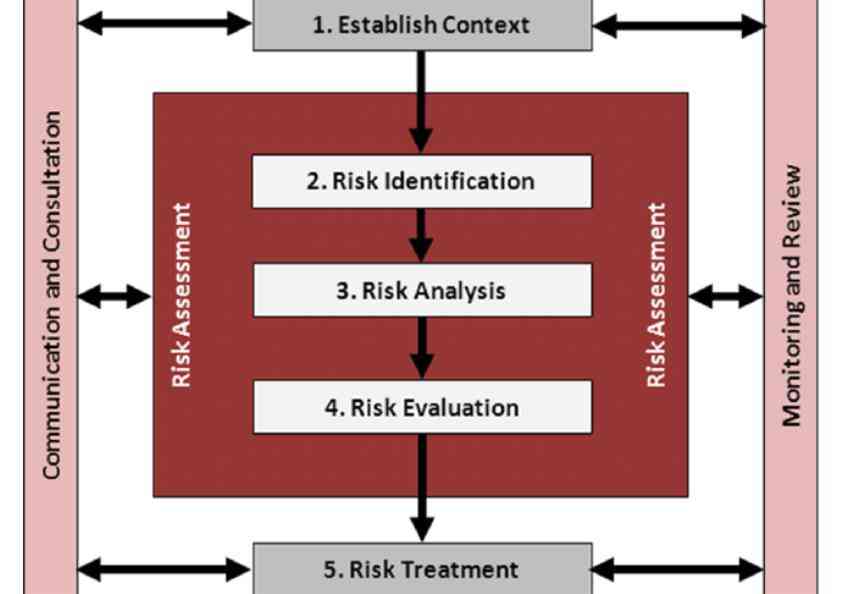|
SLOVENSKI STANDARD
01-junij-2022
Avtomatska oprema za kontrolo vstopa - Varnost pri uporabi - Zahteve in
preskusne metode
Power operated pedestrian entrance control equipment - Safety in use - Requirements
and test methods
Kraftbetätigte Zugangskontrolleinrichtungen - Nutzungssicherheit - Anforderungen und
Prüfverfahren
Équipement motorisé de contrôle d’accès pour piétons - Sécurité d’utilisation - Exigences
et méthodes d’essai
Ta slovenski standard je istoveten z: EN 17352:2022
ICS:
13.310 Varstvo pred kriminalom Protection against crime
2003-01.Slovenski inštitut za standardizacijo. Razmnoževanje celote ali delov tega standarda ni dovoljeno.
EN 17352
EUROPEAN STANDARD
NORME EUROPÉENNE
March 2022
EUROPÄISCHE NORM
ICS 13.310
English Version
Power operated pedestrian entrance control equipment -
Safety in use - Requirements and test methods
Équipement motorisé de contrôle d'accès pour piétons Kraftbetätigte Zugangskontrolleinrichtungen -
- Sécurité d'utilisation - Exigences et méthodes d'essai Nutzungssicherheit - Anforderungen und
Prüfverfahren
This European Standard was approved by CEN on 23 August 2021.
CEN members are bound to comply with the CEN/CENELEC Internal Regulations which stipulate the conditions for giving this
European Standard the status of a national standard without any alteration. Up-to-date lists and bibliographical references
concerning such national standards may be obtained on application to the CEN-CENELEC Management Centre or to any CEN
member.
This European Standard exists in three official versions (English, French, German). A version in any other language made by
translation under the responsibility of a CEN member into its own language and notified to the CEN-CENELEC Management
Centre has the same status as the official versions.
CEN members are the national standards bodies of Austria, Belgium, Bulgaria, Croatia, Cyprus, Czech Republic, Denmark, Estonia,
Finland, France, Germany, Greece, Hungary, Iceland, Ireland, Italy, Latvia, Lithuania, Luxembourg, Malta, Netherlands, Norway,
Poland, Portugal, Republic of North Macedonia, Romania, Serbia, Slovakia, Slovenia, Spain, Sweden, Switzerland, Turkey and
United Kingdom.
EUROPEAN COMMITTEE FOR STANDARDIZATION
COMITÉ EUROPÉEN DE NORMALISATION
EUROPÄISCHES KOMITEE FÜR NORMUNG
CEN-CENELEC Management Centre: Rue de la Science 23, B-1040 Brussels
© 2022 CEN All rights of exploitation in any form and by any means reserved Ref. No. EN 17352:2022 E
worldwide for CEN national Members.
Contents Page
European foreword . 5
Introduction . 6
1 Scope . 7
2 Normative references . 8
3 Terms and definitions . 8
4 List of significant hazards . 10
4.1 General . 10
4.2 Crushing, shearing and drawing-in hazards . 10
4.3 Impact and trapping hazards . 11
4.4 Hazards caused by source of energy and power controls . 11
4.5 Hazards caused by inadequate functional safety . 11
4.6 Hazards caused by manual operation . 11
4.7 Hazards caused by loss of stability . 12
4.8 Hazards caused by glazing material . 12
4.9 Hazards caused by modification of settings . 12
4.10 Hazards caused by imprisonment . 12
4.11 Hazards caused by shape of the equipment . 12
4.12 Hazards caused by maintenance . 12
5 Safety requirements and/or protective/risk reduction measures . 12
5.1 General . 12
5.2 Crushing, shearing and drawing-in . 13
5.2.1 General . 13
5.2.2 Safety distances . 13
5.2.3 Guards . 20
5.2.4 Low energy mode of operation . 21
5.2.5 Electro-Sensitive Protective Equipment (ESPE) . 22
5.3 Impact and trapping . 22
5.4 Source of energy and power controls . 22
5.5 Inadequate functional safety . 23
5.6 Manual operation . 23
5.7 Loss of stability . 24
5.8 Glazing material . 25
5.9 Modification of settings . 25
5.10 Imprisonment . 25
5.11 Shape of the equipment . 25
5.12 Maintenance . 26
5.13 Use in escape routes and emergency exits . 26
6 Verification of the safety requirements and/or protective/risk reduction measures . 26
6.1 General . 26
6.2 Crushing, shearing and drawing-in . 26
6.2.1 General . 26
6.2.2 Safety distances . 26
6.2.3 Guards . 27
6.2.4 Low energy mode of operation . 27
6.2.5 Electro-Sensitive Protective Equipment (ESPE) . 27
6.2.6 Limitation of forces . 27
6.3 Impact and trapping . 27
6.4 Source of energy and power controls . 27
6.5 Functional safety . 27
6.6 Manual operation . 27
6.7 Loss of stability . 28
6.8 Glazing material . 28
6.9 Modification of settings . 28
6.10 Imprisonment . 28
6.11 Shape of the equipment . 28
6.12 Maintenance . 28
6.13 Use in escape routes and emergency exits . 28
7 Information for use . 28
7.1 General . 28
7.2 Instruction handbook . 28
7.3 Marking . 30
Annex A (normative) Power operated pedestrian entrance control equipment to be used in
escape routes and emergency exits . 31
A.1 General . 31
A.2 Functional safety . 31
A.3 Electrical power supply . 31
A.4 Break out function . 31
A.5 Locking systems for the break out function . 32
A.6 Device to release the electric locking mechanism of the break-out function . 32
A.7 Operating mode selection . 32
A.8 Durability. 33
Annex B (normative) Reference test body . 34
Annex C (normative) Limitation of forces . 37
C.1 Permissible dynamic forces . 37
C.2 Permissible static forces . 38
C.3 Impact force measuring equipment . 38
C.4 Impact force measuring points . 39
Annex D (normative) Stability measuring points .
...














